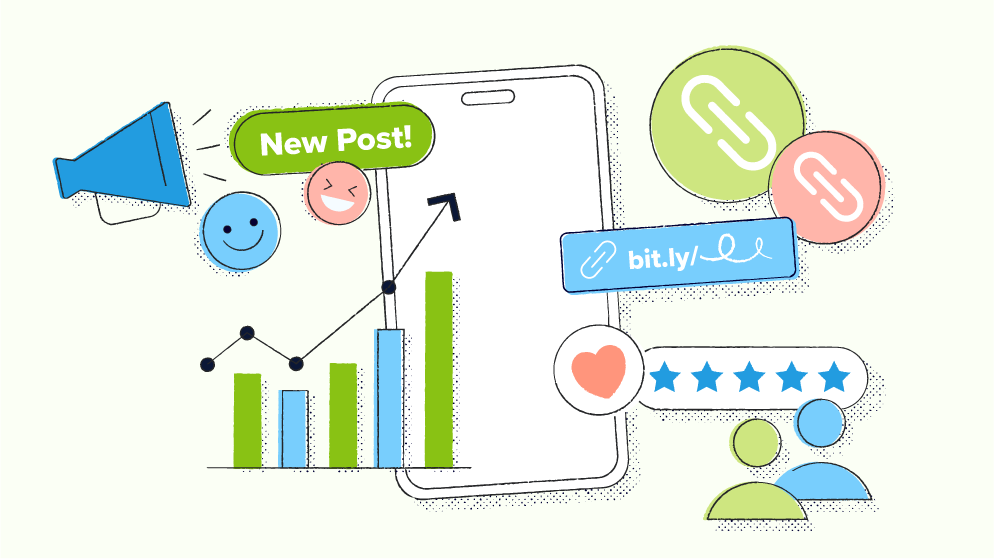(FAQs)
What is social media engagement?
Social media engagement refers to the interactions users have with your content on social media platforms. This includes actions such as likes, comments, shares, retweets, saves, and clicks. Engagement measures how actively users are responding to and interacting with your posts.
Why is social media engagement important?
Social media engagement is important because it helps build community and brand loyalty, boosts visibility and reach, provides valuable feedback, and drives conversions. High engagement levels indicate that your content resonates with your audience and can enhance your brand’s presence and effectiveness on social media.
How can I improve social media engagement?
To improve social media engagement, you can:
Know your audience and tailor your content to their preferences.
Create high-quality, visually appealing, and valuable content.
Post consistently and maintain a regular schedule.
Encourage interaction through questions, polls, and calls-to-action.
Respond to comments and messages promptly and personally.
Use hashtags strategically to increase visibility.
Leverage user-generated content and share it on your profile.
Host giveaways and contests to boost engagement.
Analyze your performance and optimize your strategy based on insights.
Collaborate with influencers to expand your reach.
Utilize stories and live videos for dynamic interactions.
Personalize your content to reflect your brand’s personality.
What are some best practices for creating engaging content?
Best practices for creating engaging content include:
Focusing on high-quality visuals and compelling storytelling.
Using clear and actionable calls-to-action (CTAs).
Sharing content that provides value to your audience, such as tips, insights, or entertainment.
Maintaining a consistent brand voice and style.
Engaging with current trends and relevant topics.
How often should I post on social media?
Posting frequency depends on your platform and audience preferences. Generally, aim for a consistent posting schedule that keeps your audience engaged without overwhelming them. Use social media analytics to determine the optimal posting frequency for your specific audience.
How can I track social media engagement?
You can track social media engagement through analytics tools provided by the social media platforms themselves or third-party analytics services. Key metrics to monitor include likes, comments, shares, retweets, clicks, and follower growth.
What types of content generate the most engagement?
Types of content that often generate high engagement include:
Visual content such as images and videos.
Interactive content like polls, quizzes, and questions.
User-generated content and testimonials.
Content that addresses current trends or relevant topics.
Behind-the-scenes glimpses and personal stories.
How do I respond to negative comments or feedback on social media?
Respond to negative comments or feedback professionally and constructively. Acknowledge the issue, provide a solution or explanation if applicable, and offer to continue the conversation in private if needed. Addressing concerns respectfully can help mitigate negative perceptions and show that you value customer feedback.
What are hashtags, and how can they improve engagement?
Hashtags are keywords or phrases preceded by the "#" symbol that categorize content and make it discoverable to a wider audience. Using relevant and popular hashtags can increase the visibility of your posts and help you reach users interested in specific topics, thereby improving engagement.
How can I use user-generated content to boost engagement?
Encourage your followers to create and share content related to your brand, and feature their content on your profile. User-generated content serves as social proof and can increase engagement by making your audience feel more connected to your brand. Always give credit to the original creators when sharing their content.
What are the benefits of using stories and live videos?
Stories and live videos offer real-time, interactive experiences that can boost engagement. Stories provide a platform for sharing ephemeral content and updates, while live videos allow for immediate interaction with your audience through Q&A sessions, behind-the-scenes glimpses, and live events. Both formats can create excitement and foster a closer connection with your followers.















